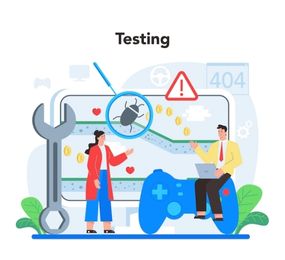Using automated tools and techniques to increase a system's safety is the process of automating functional safety. Several industries, especially those where people's safety is at risk, such as the automobile, aircraft, and medical device industries, place a high priority on functional safety.
The automation of functional safety can be done using a variety of tools and techniques. For instance, the safety of a system's design can be examined and any safety flaws can be found using formal verification tools.
Another technique is to use safety-critical software libraries and code generators that have been certified to meet safety standards. These libraries and generators can provide a reliable and safe foundation for building safety-critical systems, reducing the risk of errors and increasing the efficiency of the development process.
Machine learning algorithms can also be used to find safety issues in large datasets as part of automating functional safety. To find patterns and abnormalities that can point to safety issues, these algorithms can examine data from sensors and other sources.
In general, automating functional safety can aid in lowering the possibility of safety-related mishaps and enhancing the dependability and effectiveness of safety-critical systems. But nonetheless, it's essential to ensure that any automated tools and techniques are trustworthy and adhere to applicable safety regulations.
To find out more details about Automating functional safety, join us on 30th - 31st May, 2023 for the Automotive Functional Safety (ISO 26262) Forum, in Eurostars, Berlin, Germany.
To register or learn more about the Forum please check here: http://bit.ly/3XpGPk7.
For more information and group participation, contact us: [email protected]
















